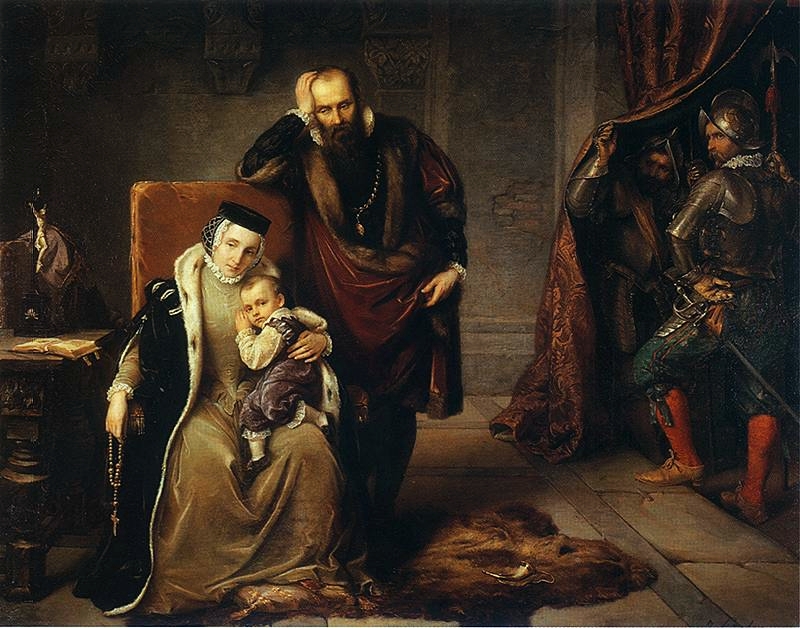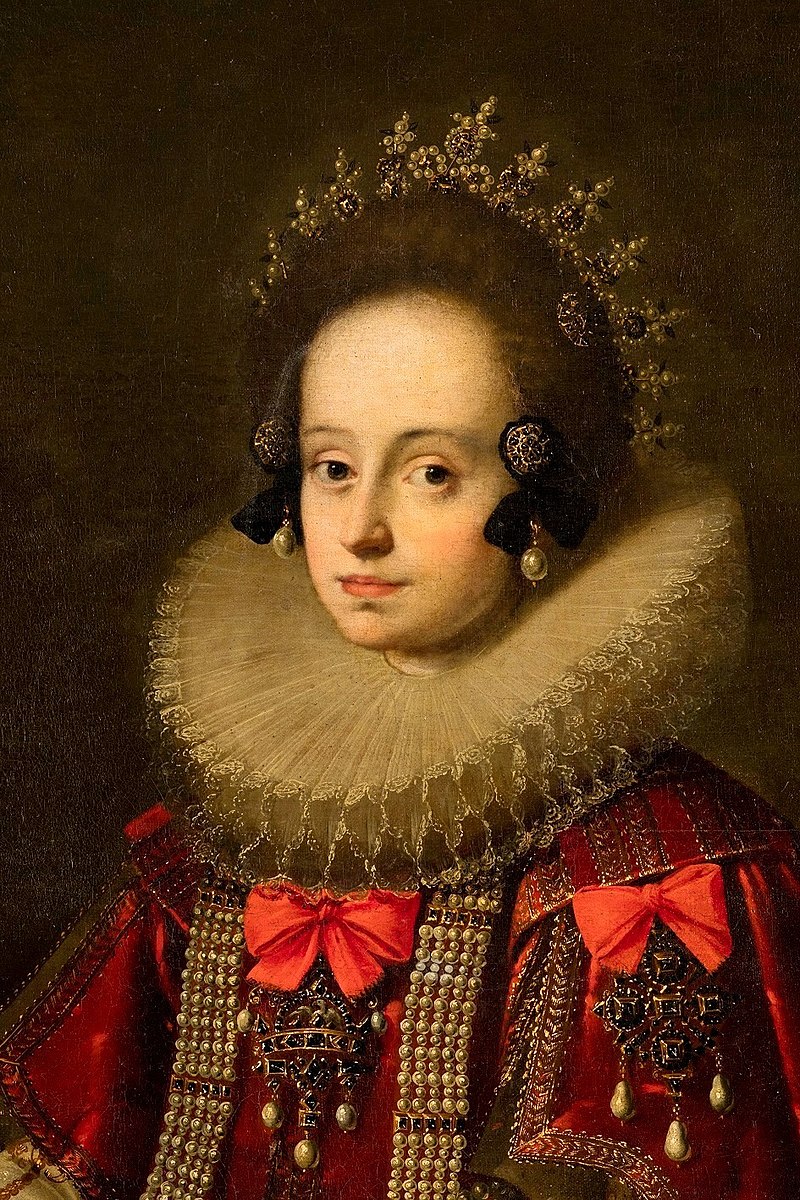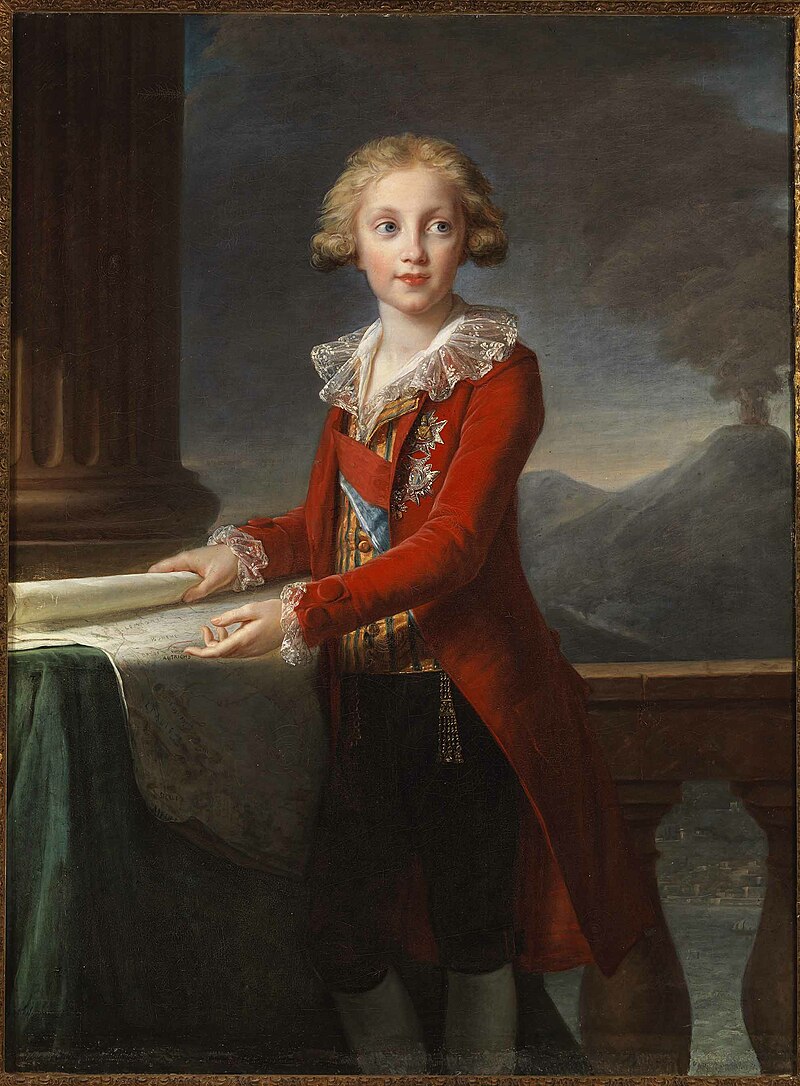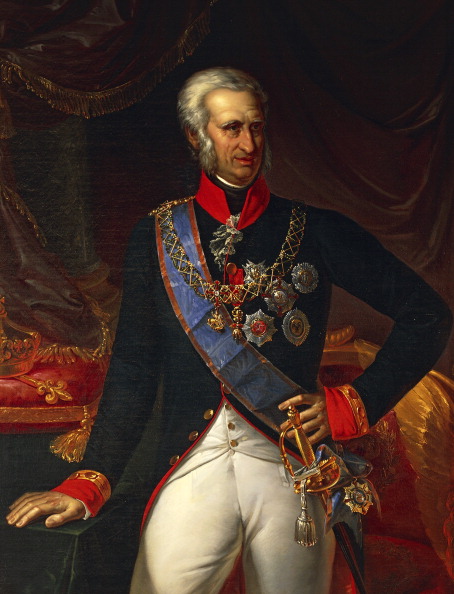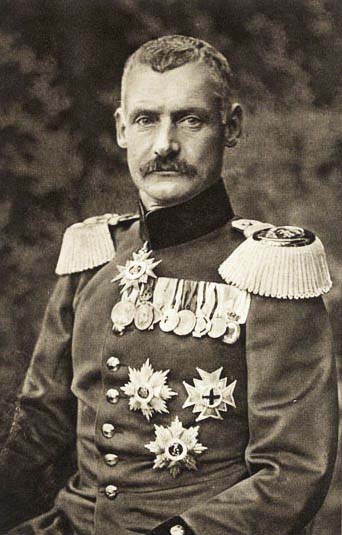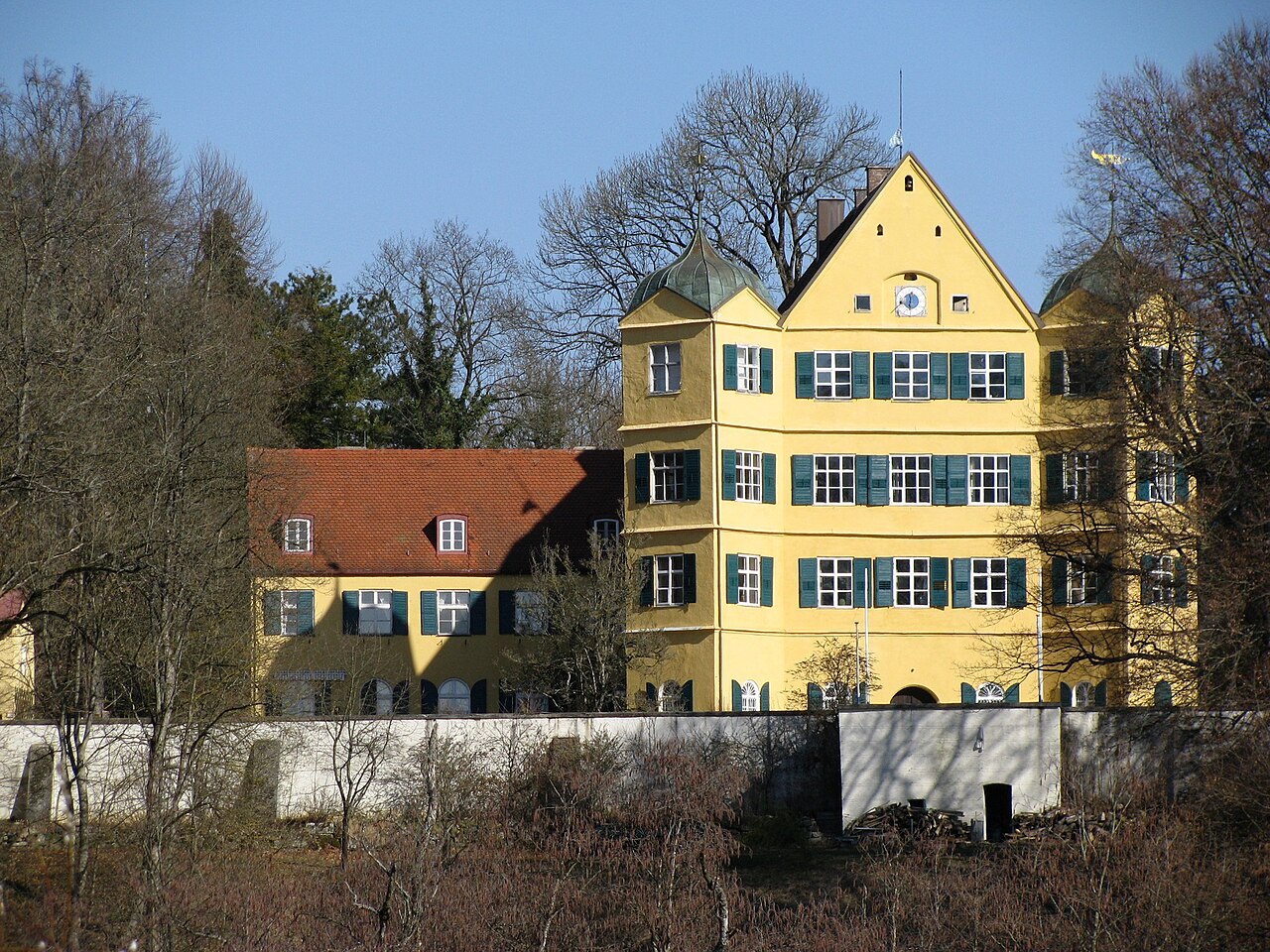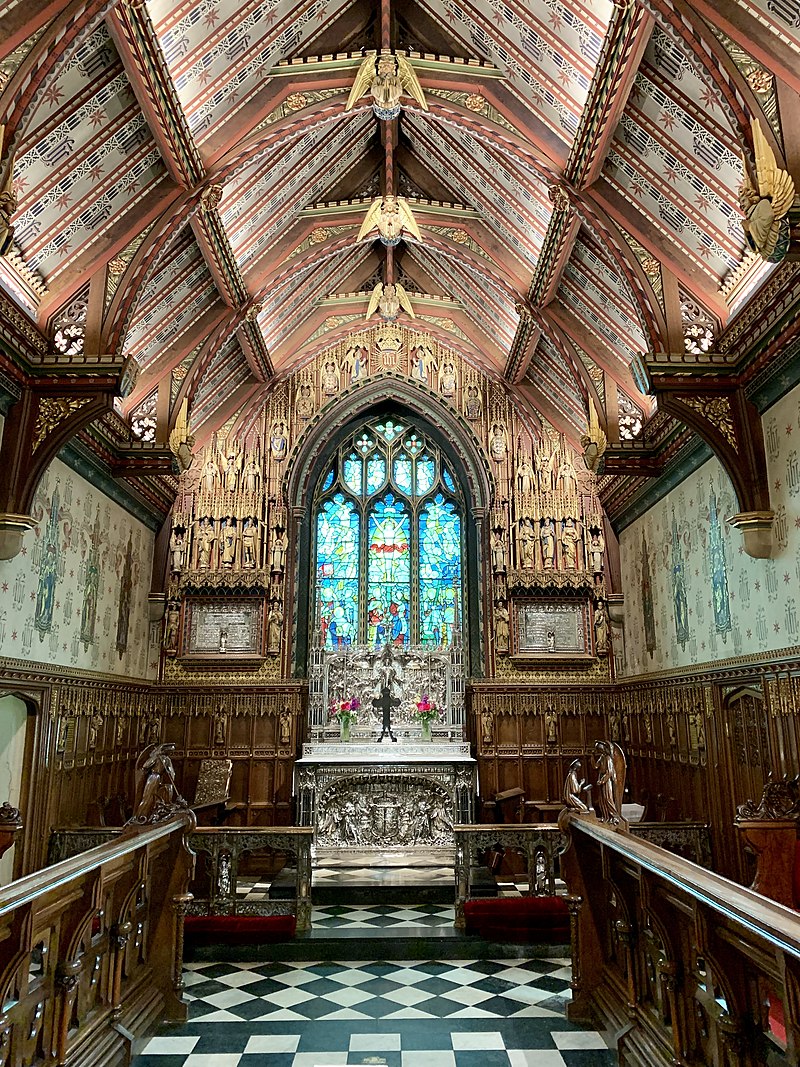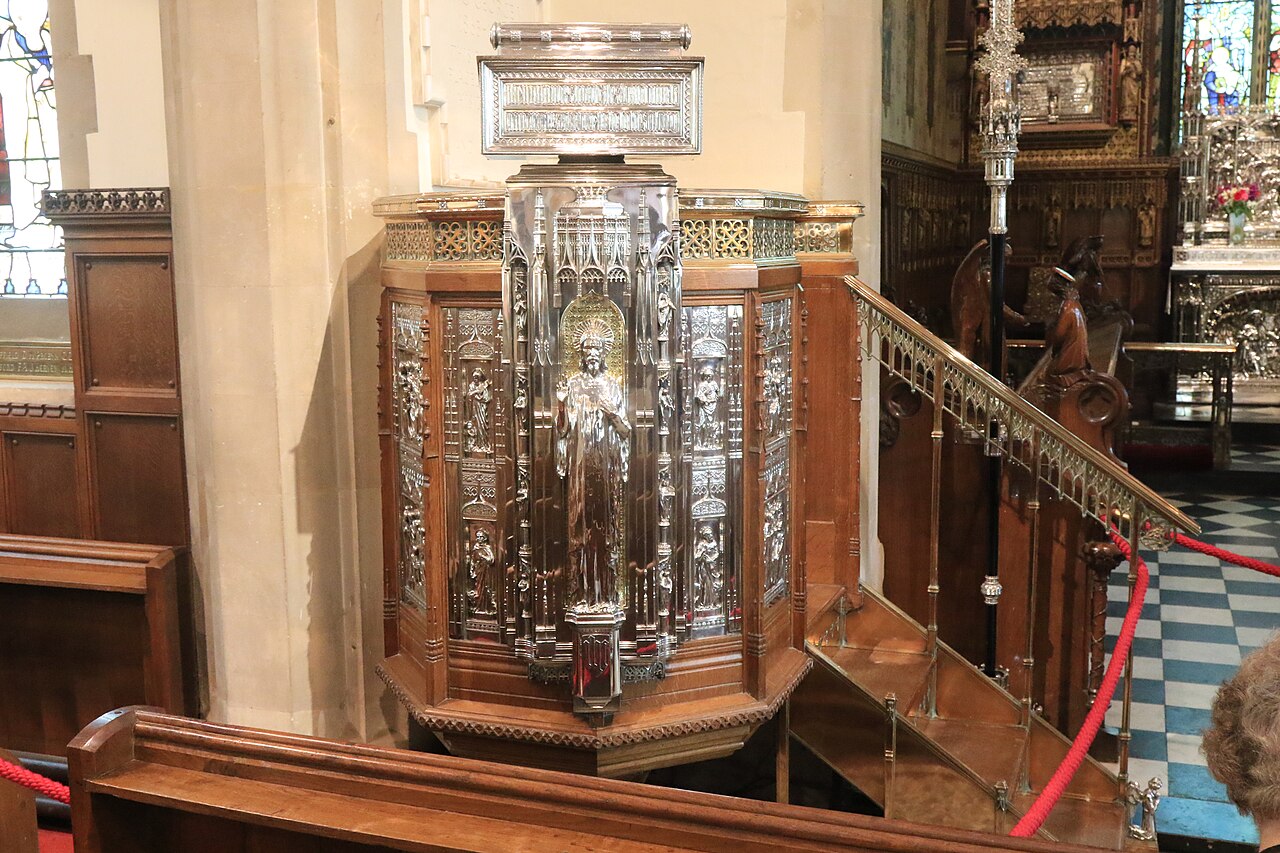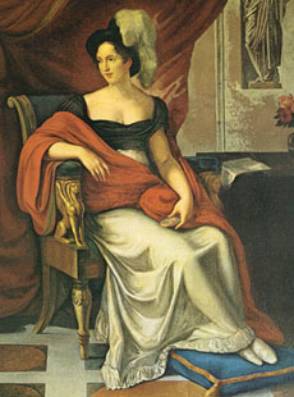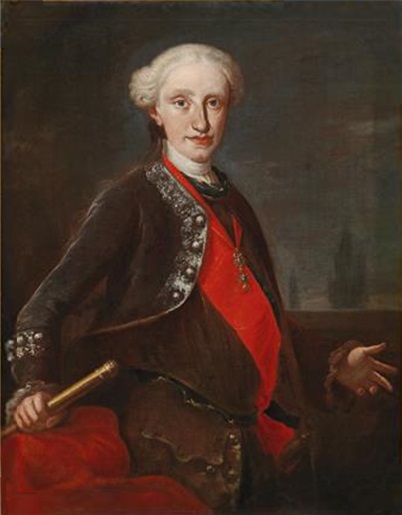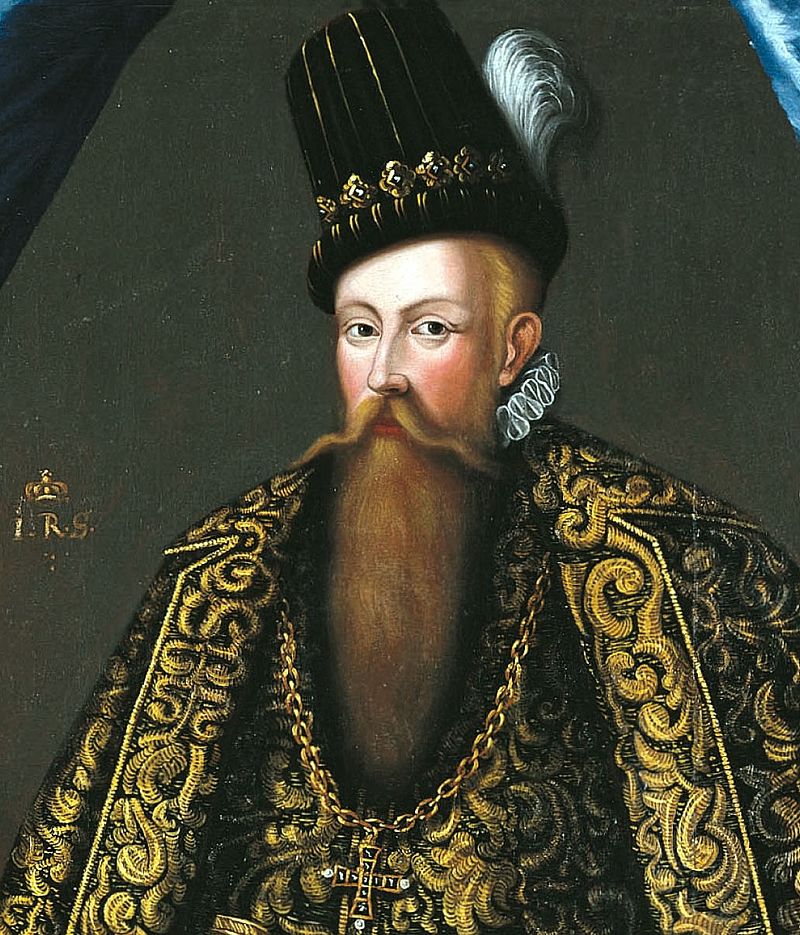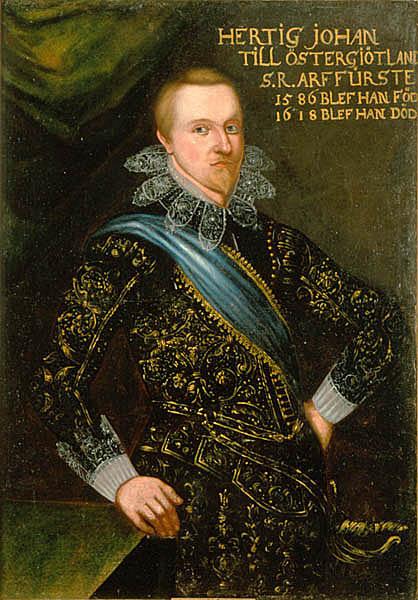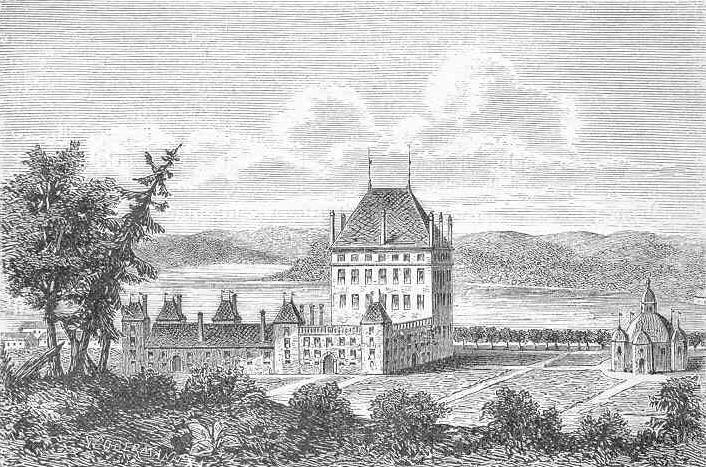by Susan Flantzer
© Unofficial Royalty 2021
The Kingdom of the Two Sicilies was located in today’s southern Italy. It included the island of Sicily and all of the Italian peninsula south of the Papal States. Ferdinando I, the first King of the Two Sicilies, had previously reigned over two kingdoms, as Ferdinando IV of the Kingdom of Naples and Ferdinando III of the Kingdom of Sicily. He had been deposed twice from the throne of Naples: once by the revolutionary Parthenopean Republic for six months in 1799 and again by Napoleon in 1805, before being restored in 1816 after the defeat of Napoleon. After the 1816 restoration, the two kingdoms were united into the Kingdom of the Two Sicilies.
Vittorio Emanuele II, King of Sardinia became a driving force behind the Italian unification movement along with Giuseppe Garibaldi, a general and nationalist, and Giuseppe Mazzini, a politician and journalist. Garibaldi conquered Naples and Sicily, the territories of the Kingdom of Two Sicilies. Francesco II, King of the Two Sicilies was deposed, the Kingdom of the Two Sicilies ceased to exist, and its territory was incorporated into the Kingdom of Sardinia. Eventually, the Sardinian troops occupied the central territories of the Italian peninsula, except Rome and part of Papal States. With all the newly acquired land, Vittorio Emanuele II was proclaimed the first King of the new, united Kingdom of Italy in 1861.
********************
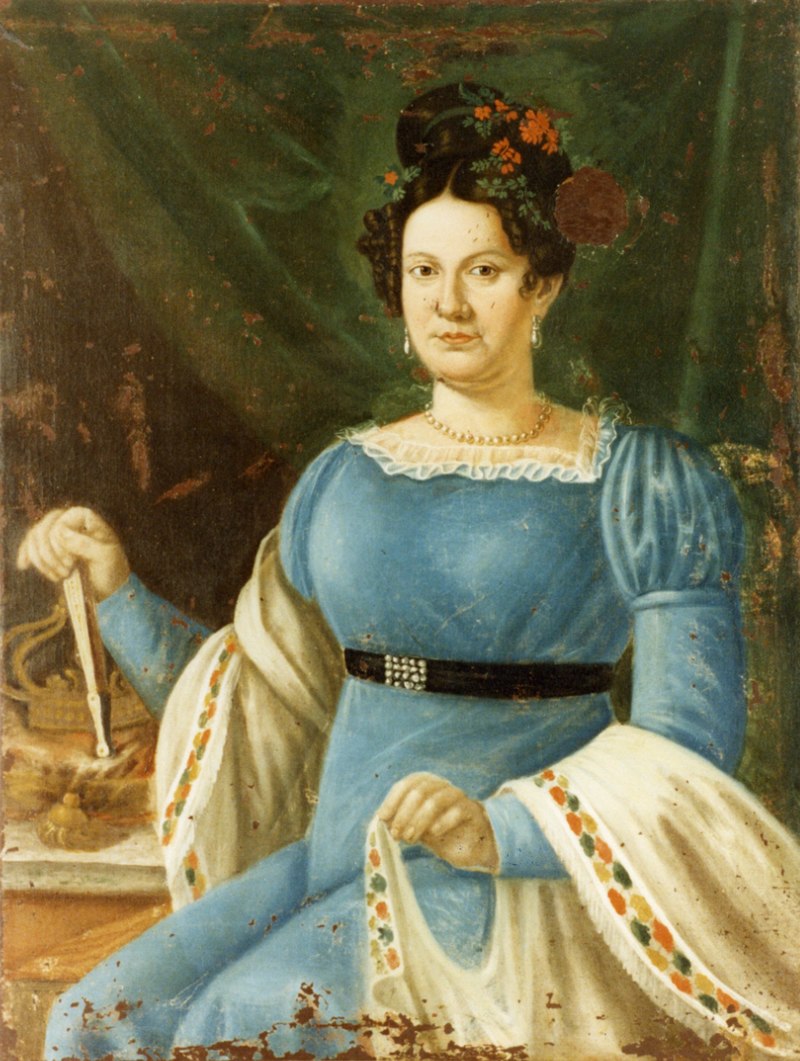
Maria Isabella of Spain, Queen of the Two Sicilies; Credit – Wikipedia
Maria Isabella of Spain was the second wife of Francesco I, King of the Two Sicilies. María Isabel Antonia Josefa Ana Teresa Filipina was born at the Royal Palace in Madrid, Spain on July 6, 1789. She was the eleventh of the fourteen children and the fifth of the six daughters of Carlos IV, King of Spain and Maria Luisa of Parma. Her paternal grandparents were King Carlos III of Spain and Maria Amalia of Saxony. Felipe of Spain, Duke of Parma, who founded the House of Bourbon-Parma, and Louise Élisabeth of France, daughter of Louis XV, King of France, were her maternal grandparents.

The Family of Carlos IV by Francisco Goya, 1800. The man in the shadows in the background on the left is the artist Francisco Goya. From left to right: Carlos Maria Isidro, the future Fernando VII, Maria Josefa the sister of Carlos IV, an unknown woman, Maria Isabella, Queen Maria Luisa, Francisco de Paula, King Carlos IV, Antonio Pascual the brother of Carlos IV, Carlota Joaquina (only part of her head is visible), Luis of Parma and his wife Maria Luisa holding baby Carlos Luis the future Duke of Parma; Credit – Wikipedia
Maria Isabella had thirteen siblings:
- Carlos Clemente of Spain (1771 – 1774), died in infancy
- Carlota Joaquina of Spain (1775 – 1830), married João VI, King of Portugal, had nine children
- Maria Luisa of Spain (1777 – 1782), died in childhood
- Maria Amalia of Spain (1779 – 1798), married her paternal uncle Antonio Pascual, died in childbirth with her stillborn son
- Carlos Domingo of Spain (1780 -1783), died in childhood
- Maria Luisa of Spain (1782 – 1824), married Luis of Parma, King of Etruria, had two children
- Carlos Francisco de Paula of Spain (1783 – 1784), twin of Felipe Francisco de Paula, died in infancy
- Felipe Francisco de Paula of Spain (1783 – 1784), twin of Carlos Francisco de Paula, died in infancy
- Fernando VII, King of Spain (1784 – 1833), married (1) Maria Antonia of Naples and Sicily, no children (2) his niece Maria Isabel of Portugal, had one child who died in infancy, died in childbirth along with her stillborn child (3) Maria Josepha Amalia of Saxony, no children (4) Maria Christina of the Two Sicilies, had two daughters including Queen Isabella II of Spain
- Carlos María Isidro of Spain, Count of Molina (1788 – 1855), married (1) his niece Maria Francisca of Portugal, had three children (2) his niece Maria Teresa of Portugal, Princess of Beira, no children
- Maria Teresa of Spain (1791 – 1794), died in childhood from smallpox
- Felipe Maria of Spain (1792 – 1794), died in childhood
- Francisco de Paula of Spain, Duke of Cadiz (1794 – 1865), married (1) his niece Luisa Carlotta of Naples and Sicily, had eleven children (2) morganatic marriage to Teresa de Arredondo y Ramirez de Arellano, had one son
Raised at the Royal Palace in Madrid, Maria Isabella received only a cursory education. Several possible husbands were considered for her including Napoleon Bonaparte, then the First Consul of France. Through Lucien Bonaparte, Napoleon’s brother and the French ambassador to Spain, a marriage between Maria Isabella and Napoleon was proposed in April 1801. Napoleon was married to Joséphine de Beauharnais but it had been suggested that he should divorce her and marry a princess of royal blood. However, Napoleon had a low opinion of the Spanish House of Bourbon.

Maria Isabella of Spain, circa 1801; Credit – Wikipedia
Even though Maria Isabella was only twelve years old, her mother Maria Luisa was anxious to arrange her marriage. Maria Clementina of Austria, the wife of Maria Isabella’s first cousin Francesco, Duke of Calabria, the heir to the thrones of Naples and Sicily, had died in 1801 from tuberculosis. A marriage between Spain and Naples and Sicily would be politically advantageous while Europe was dealing with the expansionist policy of Napoleon. A double marriage was arranged between Spain and Naples and Sicily. Carlos IV, King of Spain was the brother of King Ferdinando IV of Naples and III of Sicily, and so these marriages were between first cousins. Maria Isabella would marry Franceso and her brother Ferdinand of Spain, Prince of Asturias, later King Ferdinand VII of Spain would marry Franceso’s sister Maria Antonia. On July 6, 1802, in Madrid Spain, 13-year-old Maria Isabella married her 25-year-old cousin Francesco by proxy with her brother Ferdinand standing in for the groom. The two couples were married in person in Barcelona, Spain on October 4, 1802. However, Maria Antonia died in 1806 from tuberculosis before her husband became King of Spain.
Although Maria Isabella did not make a good impression on her mother-in-law, born Maria Carolina of Austria, the Spanish ambassador to Naples informed the Spanish court that Maria Isabella was happy in Naples and that she attended theater performances and celebrations. Maria Isabella had a four-year-old stepdaughter from her husband’s first marriage:
- Maria Carolina of Bourbon-Two Sicilies (1798 – 1870), married (1) Charles Ferdinand d’Artois, Duke of Berry, son of the future Charles X, King of France, assassinated while leaving the opera in Paris, had four children but two died soon after birth (2) Ettore Carlo Lucchesi-Palli, 8th Duke della Grazia, had five children

Maria Isabella and Francesco’s family: Left to right: Maria Isabella holding Maria Carolina, Ferdinanda Luisa, Maria Antonia, Luisa Carlotta, Maria Cristina, Ferdinando, Francesco holding Maria Amalia, Carlo, Prince of Capua and Leopoldo, Count of Syracuse; Credit – Wikipedia
As a 15-year-old, Maria Isabella gave birth to her first child, followed by eleven more children over the next twenty-three years. Unusual for the time, all twelve survived childhood.
- Luisa Carlotta of Bourbon-Two Sicilies (1804 – 1844), married her maternal uncle Francisco de Paula of Spain, had eleven children
- Maria Cristina of Bourbon-Two Sicilies (1806 – 1878), married (1) her maternal uncle Ferdinand VII, King of Spain, had two daughters including Queen Isabella II of Spain (2) Agustín Fernando Muñoz y Sánchez, 1st Duke of Riánsares, had eight children
- Ferdinando II, King of the Two Sicilies (1810 – 1859), married (1) Maria Cristina of Savoy, had one child Francesco II, King of the Two Sicilies, died from childbirth complications (2) Maria Theresa of Austria, had twelve children
- Carlo Ferdinando of Bourbon-Two Sicilies, Prince of Capua (1811 – 1862), married morganatically Penelope Smyth, had two children, because of his marriage, Carlo Ferdinando spent the rest of his life in exile in England
- Leopoldo Beniamino of Bourbon-Two Sicilies, Count of Syracuse (1813 – 1860), Maria of Savoy-Carignan, had one daughter who died in infancy
- Maria Antonia of Bourbon-Two Sicilies (1814 – 1898), married Leopold II, Grand Duke of Tuscany, had ten children
- Antonio Pasquale of Bourbon-Two Sicilies, Count of Lecce (1816 – 1843), unmarried, clubbed to death by the husband of a married woman he had tried to seduce
- Maria Amalia of Bourbon-Two Sicilies (1818 – 1857), married Infante Sebastian of Portugal and Spain, no children
- Maria Carolina of Bourbon-Two Sicilies (1820 – 1861), married Carlos of Spain, Count of Montemolin, Carlist pretender to the Spanish throne, no children
- Teresa Cristina of Bourbon-Two Sicilies (1822 – 1889), married Emperor Pedro II of Brazil, had four children
- Luigi Carlo of Bourbon-Two Sicilies, Count of Aquila (1824 – 1897), married Januária, Princess Imperial of Brazil, had four children
- Francesco di Paola of Bourbon-Two Sicilies, Count of Trapani (1827 – 1892), married his niece Maria Isabella of Austria, Princess of Tuscany, had six children
Francesco’s father Ferdinando was deposed twice from his thrones: once by the revolutionary Parthenopean Republic for six months in 1799 and again by Napoleon in 1805. In February 1806, Ferdinando, Maria Carolina, and their family, including Maria Isabella and Francesco, were forced to flee to the island of Sicily, which was still in their control, where they lived in the Royal Palace of Palermo under British protection. However, the government of Sicily was a feudal type and the British insisted on a government more similar to the British one. In 1813, Ferdinando essentially but not officially abdicated and Francesco was appointed regent. At the insistence of the British, who were becoming more and more adverse to Maria Carolina, she was forced to leave Sicily. She returned to her home in Austria where she died from a stroke in 1814.

Francesco I, King of the Two Sicilies; Credit – Wikipedia
In 1816, after Ferdinando abolished the constitution of the Kingdom of Sicily, the two kingdoms, Naples and Sicily, were united into the Kingdom of the Two Sicilies. For the next four years, Ferdinando I, King of the Two Sicilies reigned as an absolute monarch and there were no constitutional reforms. In 1820, a revolt broke out in Sicily and riots occurred in Naples. Ferdinando was forced to sign a constitution and appoint his son Francesco as regent of Sicily. This only lasted until March 1821, when Austrian troops friendly to Ferdinando occupied Naples. Ferdinando was re-established as an absolute monarch and the constitution was withdrawn. Ferdinando died from a stroke on January 4, 1825, at the age of 73 and his son Francesco became King of the Two Sicilies and Maria Isabella became Queen Consort.

Maria Isabella, Queen of the Two Sicilies; Credit – Wikipedia
As Queen Consort, Maria Isabella had no interest in politics or government. After her many births, she was overweight and preferred to attend the theater, balls, and parties. She was kind and generous and was more popular than her husband. In 1829, she took over the patronage of the girls’ boarding school located in the monastery complex of Santa Maria dei Miracoli in Naples and established a girls’ boarding school at the former monastery Santi Marcellino e Festo also in Naples called Queen Isabella Secondary School.
Maria Isabella and her husband Francesco decided to travel to Spain for the wedding of their daughter Maria Christina and Maria Isabella’s brother Ferdinand VII, King of Spain. Ferdinand VII was three times a widower and had no surviving children. Although Francesco had gout and his health was declining, Maria Isabella had not been to Spain since her marriage twenty-seven years earlier and persuaded her husband to take the long trip. Leaving Naples in September 1829 on a ten-month trip, they visited Pope Pius VIII in Rome, and then in France, they visited Francesco’s daughter from his first marriage Maria Carolina. Finally, the bride Maria Christina and the groom Ferdinand VII met in Aranjuez, Spain on December 10, 1829, made their solemn entry into Madrid the next day, and were married. Maria Isabella and Francesco had an extended stay in Spain. On the return trip, Maria Isabella and Francesco met again with his daughter Maria Carolina and then traveled to Paris, France for a stay with King Charles X of France. Maria Isabella and Francesco arrived back in Naples on July 30, 1830.
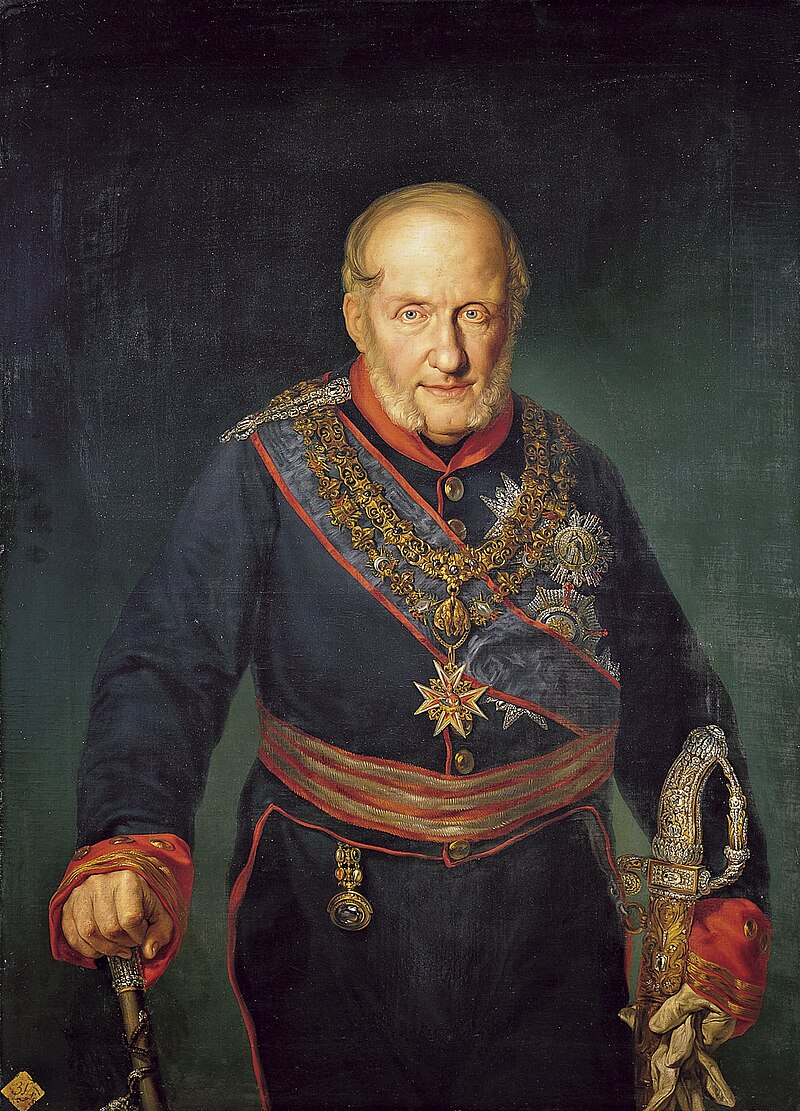
Francesco I, King of the Two Sicilies, 1829; Credit – Wikipedia
It had been a wonderful trip but it was exhausting for the ailing Francesco. Francesco I, King of the Two Sicilies died on November 8, 1830, aged 53, in Naples, Kingdom of the Two Sicilies, now in Italy. He was buried at the Basilica of Santa Chiara in Naples, the traditional burial site of the House of Bourbon-Two Sicilies.
After the death of Francesco, his 20-year-old son succeeded him as Ferdinando II, King of the Two Sicilies. Prince Vincenzo Ruffo della Scarletta and Pietro Ugo, Marchese delle Favare (link in Italian) plotted to remove the conservative Ferdinando II from the throne only for a period of several years and to install Maria Isabella as regent in his place. This conspiracy, arranged without Maria Isabella’s knowledge and intended to bring about more liberal conditions, was quickly exposed and stopped. However, Maria Isabella and her son Ferdinando had a very cool relationship until Ferdinando’s first wife Maria Christina of Savoy reconciled them.
Maria Isabella was only 41 years old when her husband died and despite being overweight, she was still attractive and had relationships with younger handsome servants. In 1835, Maria Isabella began a love affair with Baron Peter von Schmucker, a married Austrian officer. After the death of Schmucker’s wife in 1837, Maria Isabella wanted to marry him. However, Schmucker was too greedy. He wanted to be guaranteed that he would have the title and privileges of a Royal Highness if he married Maria Isabella. She refused and had her son Ferdinando II expel Schmucker from the Kingdom of the Two Sicilies.

The Royal Palace of Capodimonte, home of Maria Isabella and her second husband Count Francesco del Balzo; Credit – By Mentnafunangann – Own work, CC BY-SA 4.0, https://commons.wikimedia.org/w/index.php?curid=37000184
Maria Isabella wanted to marry again and her son Ferdinando II provided her with a list of acceptable young nobles as potential husbands. On January 15, 1839, 50-year-old Maria Isabella married 34-year-old Count Francesco del Balzo. Her second husband was an attractive, high-ranking army officer but was not allowed to be at court with Maria Isabella. The couple withdrew from court and moved to the Royal Palace of Capodimonte in Naples, Kingdom of the Two Sicilies, now in Italy.

Coat of arms of the House of Bourbon-Two Sicilies on the entrance to the royal crypt; Credit – Di Giuseppe Guida – Flickr: Basilica di Santa Chiara., CC BY 2.0, https://commons.wikimedia.org/w/index.php?curid=20267754
Maria Isabella died on September 13, 1848, aged 59, at the Palace of Portici in Portici, Kingdom of the Two Sicilies. She was buried in the Basilica of Santa Chiara in Naples.
This article is the intellectual property of Unofficial Royalty and is NOT TO BE COPIED, EDITED, OR POSTED IN ANY FORM ON ANOTHER WEBSITE under any circumstances. It is permissible to use a link that directs to Unofficial Royalty.
Kingdom of the Two Sicilies Resources at Unofficial Royalty
Works Cited
- De.wikipedia.org. 2021. Maria Isabel von Spanien – Wikipedia. [online] Available at: <https://de.wikipedia.org/wiki/Maria_Isabel_von_Spanien> [Accessed 7 August 2021].
- En.wikipedia.org. 2021. Charles IV of Spain – Wikipedia. [online] Available at: <https://en.wikipedia.org/wiki/Charles_IV_of_Spain> [Accessed 7 August 2021].
- En.wikipedia.org. 2021. María Isabella of Spain – Wikipedia. [online] Available at: <https://en.wikipedia.org/wiki/Mar%C3%ADa_Isabella_of_Spain> [Accessed 7 August 2021].
- Flantzer, S., 2021. Francesco I, King of the Two Sicilies. [online] Unofficial Royalty. Available at: <https://www.unofficialroyalty.com/francesco-i-king-of-the-two-sicilies/> [Accessed 7 August 2021].
- It.wikipedia.org. 2021. Maria Isabella di Borbone-Spagna – Wikipedia. [online] Available at: <https://it.wikipedia.org/wiki/Maria_Isabella_di_Borbone-Spagna> [Accessed 7 August 2021].





